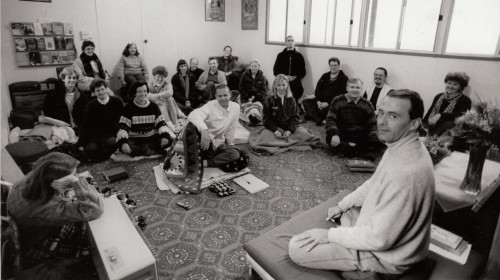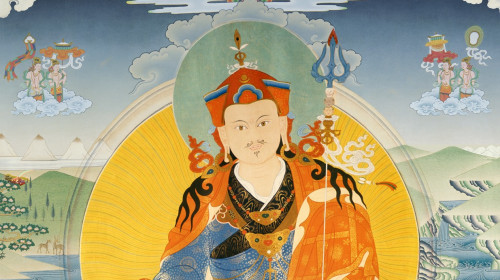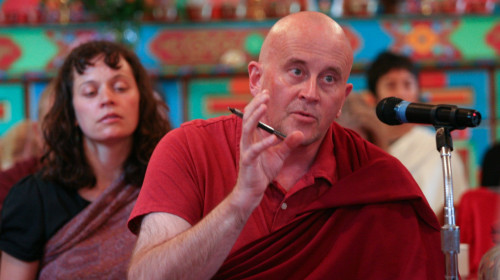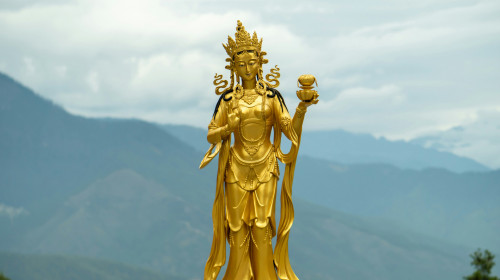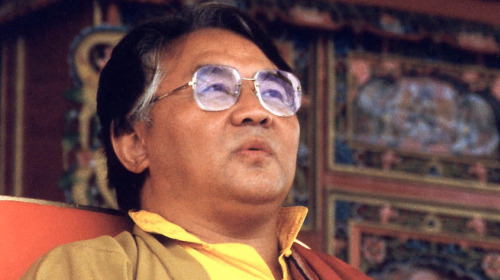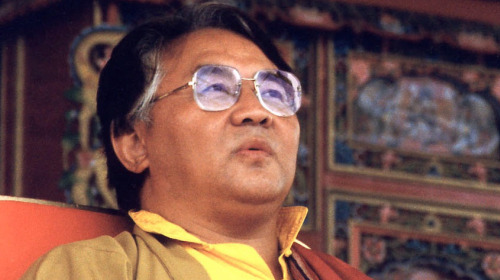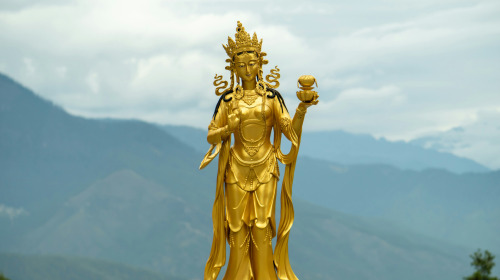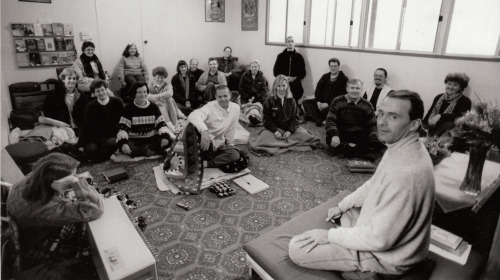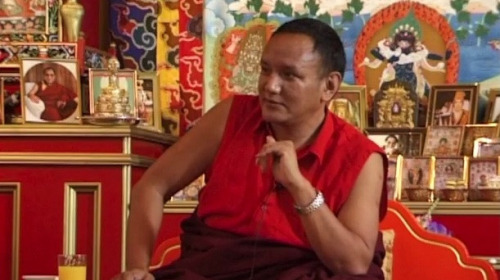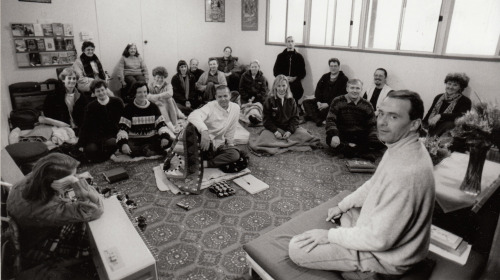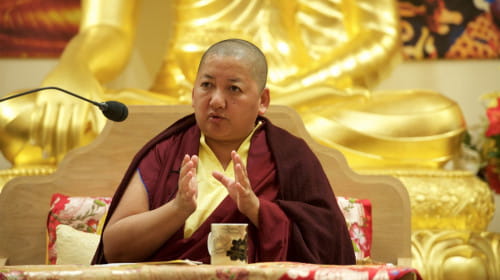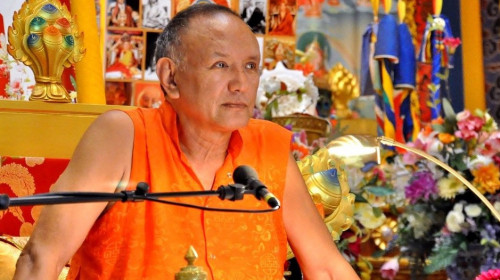Designed for committed Vajrayana students*—this page shares guidance, teachings and further information on the vajrayana path, in particular sadhana practice. This also includes sections covering the main sadhanas practised in Rigpa and, more broadly, in the Nyingma tradition.
*This means you have received teachings on all the Ngöndro practices, and are either currently accumulating or you have already accumulated the Ngöndro at least once. You have also already received empowerment and you know with certainty that Vajrayana is for you.
If you are still in the process of learning about Vajrayana and what it entails or you are looking for a refresher, please consult our guide page 'Vajrayana Buddhism in the Modern World: Is Vajrayana for Me?'.
This page includes:
A curated playlist of teachings on some of the key principles of Vajrayana and sadhana practice
Guidance, teachings and information on the main sadhanas practised by the Rigpa sangha, and more broadly in the Nyingma school of Tibetan Buddhism
A section displaying upcoming Vajrayana live events, retreats and other resources to further support your practice and study
Please note: This page will be updated and evolve. Its aim is not to provide a complete overview of Vajrayana or to replace guidance from a fully qualified teacher. There are many ways in which Vajrayana can be presented, and this is just one of them—hopefully one that you’ll enjoy and benefit from.
The two core areas of the Vajrayana stage of the path as presented in Rigpa are: 1) View, Meditation & Action of the Vajrayana and 2) Sadhanas.
A reminder of View, Meditation & Action of the Vajrayana
The teaching, and practice, of the Vajrayana lies at the heart of the Mahayana Buddhist tradition of Tibet. Based on the motivation of bodhichitta—the wish to attain complete enlightenment for the sake of others—the Vajrayana is a path centred on cultivating pure perception. It contains many powerful methods for accumulating merit and wisdom in order to arrive swiftly at a direct realization of buddha nature and the nature of reality itself. Through the practices of visualization, mantra recitation and meditation, ordinary perception is transformed into a ‘sacred outlook,’ where everything is seen and experienced purely in its true nature.
The Vajrayana is not a separate vehicle from Mahayana, but actually belongs within Mahayana as a distinctive vehicle of skilful means. So the Mahayana is divided into two vehicles: sutra and tantra. Tantrayana is known as the ‘Fruitional or Resultant Vehicle’ because the path is no longer based on establishing the cause, but identifying directly with the fruition. The fundamentally pure essence of mind, or buddha nature, was seen in Sutrayana as the seed of enlightenment. Tantra begins with the view that the final attainment or result has been within the mind from the very beginning, but has been obscured by ignorance and adventitious defilements.
**To read more about how ‘Vajrayana Main’ fits into the different stages of the path click here.
Sadhana practice
‘Sadhanas’— literally, ‘means of accomplishment’) is a ritual text presenting the means to accomplish one or several deities, who in essence are the ultimate state of a buddha. If we follow the sadhanas of the inner tantras—we develop an enlightened vision of the world by visualizing ourselves as a buddha or deity, and our surroundings as a pure realm, while recognizing that all sounds are mantra and all thoughts are primordial wisdom.
This process can seem artificial at first but by adopting these new habits of perception, we can weaken the ordinary habits of gross perception based on ignorance and emotional tendencies, and put ourselves in touch with a more subtle level of experience.
Please note that not in all sadhanas, we visualise ourselves as a deity. In the outer tantras (kriya, charya or upayoga and yoga tantra) we invoke the presence of the deity in the sky before us, as in guru yoga.
Three components are needed in order to engage in a specific sadhana practice:
—the empowerment (Tib. wang),
—the oral transmission (Tib. lung)
—the secret instruction (Tib. tri)
These are granted or bestowed by a qualified master or teacher for each specific practice. The empowerment is to mature or ripen us. The oral transmission is to connect us. The secret instruction, or teaching, is to liberate us.
Practices such as Tendrel Nyesel, Rigdzin Düpa, Yang Nying Pudri and Yumka Dechen Gyalmo are all sadhanas.
As committed Vajrayana students, we should strive to have a deep understanding of key topics such as empowerment, samaya, kyerim, and dzogrim. Additionally, it is important to familiarize ourselves with the foundational aspects of the Vajrayana—namely, its ground, path, and fruition, as well as its view, meditation, and action.
This page cannot replace in-depth courses and training on these topics, but below you will find various teachings that touch on some of these key principles, and in the ‘deepening’ section—towards the bottom of the page— you will find more substantial collections of teachings for further study. (These are the tri or secret instructions as referred to above).
Please note that the selection of teachings below is deliberately placed before the exploration of the specific sadhanas, as most of the topics here are relevant to all sadhanas, for example the explanations of what a sadhana is and the instructions on kyerim.



